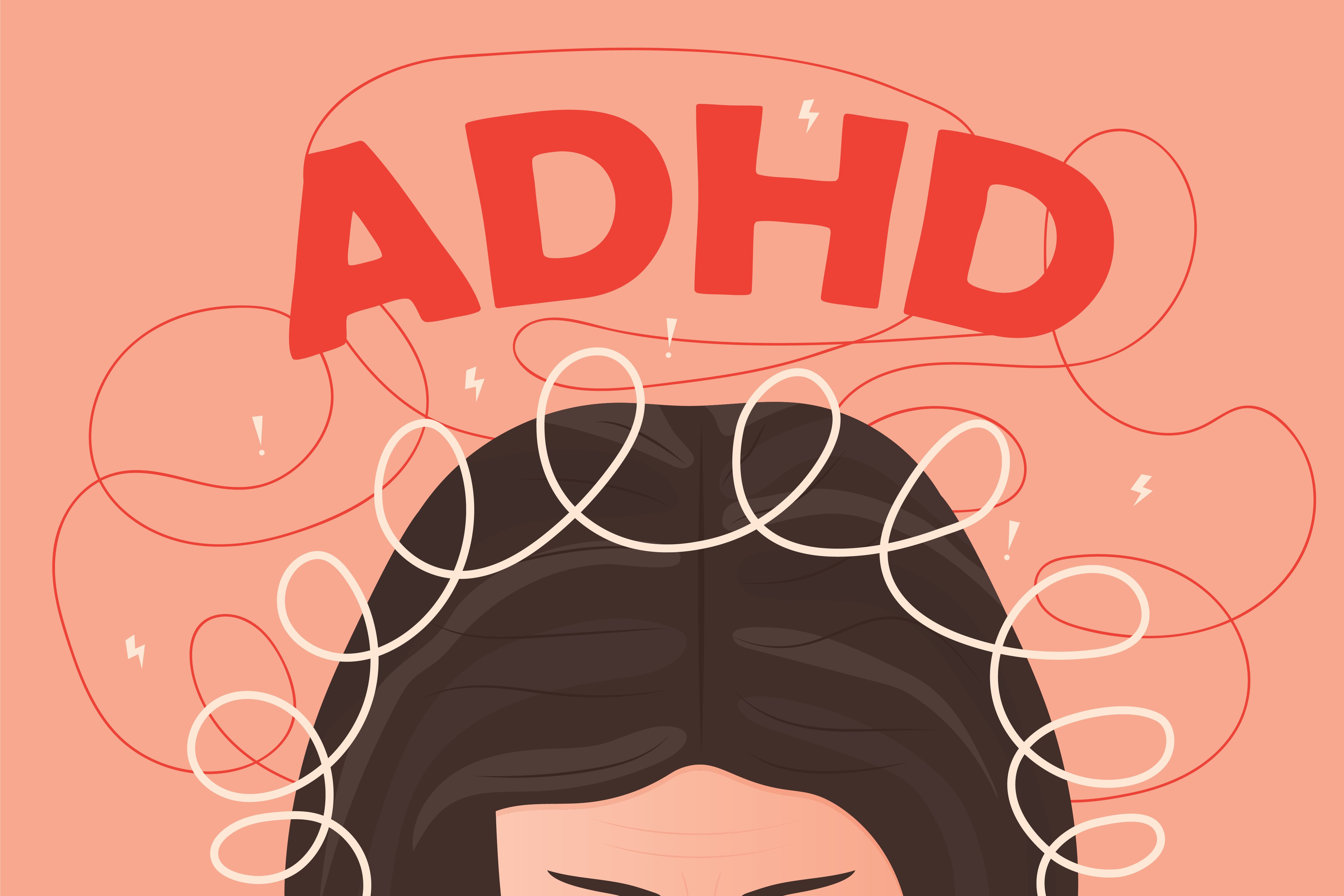Publication
Article
Psychiatric Times
Conduct Disorder, ADHD-or Something Else Altogether?
Author(s):
This child's behaviors suggested ADHD-combined or primarily hyperactive type and conduct disorder. However, there was a strong history of trauma and affective disturbance. A structured interview format indicated that he formally met criteria for both PTSD and mixed episode. Without this format, features defining these disorders might have been missed and the child treated only for ADHD.
Eight-year-old John was brought to the clinic by his aunt because of his highly aggressive destructive behavior and sleeping problems. His parents had been killed in a car accident when he was 5 years old, and just a year later, he had witnessed the violent death of his uncle. When he was 7, he began having auditory hallucinations related to painful recollections. He was assessed using a structured diagnostic interview, and a diagnosis of PTSD with hallucinations was made. John also met the criteria for major depressive episode.
His aunt reported periods of “weird, crazily” elevated mood. She described him as being episodically grandiose, having a reduced need for sleep, exhibiting flights of ideas, and having periods of incredibly high energy and pressured speech. He was euphoric on presentation. A further diagnosis of mixed episode was rendered.
Because of the danger posed by his behavior, John was aggressively treated with the triad of 2 mg of prazosin, 750 mg of extended-release divalproex (approximately 20 mg/kg), and 10 mg of aripiprazole given at 6 pm. A follow-up call was made on day 2 (following receipt of 1 dose of each medication). John’s aunt reported that he had slept 10 hours and awoke “in good spirits.”
When seen in clinic on day 8, John was no longer hallucinating and was sleeping about 10 hours a night. However, he continued to have periods of elevated mood and grandiosity, as well as periods of depressed, anxious, and irritable mood. He could not sit still. There were no changes made to his medications.
On day 15, blood work showed that John’s valproate level was 133 µg/mL, and there were no adverse effects. He had a 2- to 3-hour phase delay in the onset of sleep and woke intermittently throughout the night; his mood was still elevated at times. The dose of aripiprazole was raised to 15 mg.
When his aunt became ill and could not care for him, he was placed in a facility for homeless children. At this point, his treatment was interrupted, and John was lost to follow-up for 73 days. When brought to the clinic by staff at the facility on day 88, John-who had not been treated for a prolonged period-was irritable, impulsive, and threw objects about. He was sleeping 2.5 to 3 hours nightly. He said he was thinking “real fast” and commented, “I am mad.” John was a ward of the court and treatment could not be resumed without judicial approval.
Treatment was restarted on day 111 with prazosin (2 mg), divalproex (750 mg), and aripiprazole (15 mg) given at 6 pm. Shortly after the resumption of treatment, John went to live with his grandmother. By day 129, symptoms of mixed episode had resolved, and he no longer had nightmares or experienced auditory hallucinations. However, a structured screen for ADHD revealed that 16 of the 18 symptoms in the operational definition of ADHD were, “often” or “very often” present.
Lisdexamfetamine, 30 mg given at 7 am, was added to the treatment regimen. After taking this medication for about a week, John became aggressive: grasping a knife, he declared that he wanted to stab himself and another boy. The stimulant was discontinued.
When seen in the clinic on day 143, 4 days after stopping the lisdexamfetamine, his grandmother commented, “He has become the sweet little boy he is by nature.” Blood work showed a valproate level of 99 µg/mL.
John remained very inattentive and hyperactive despite not having symptoms of PTSD or an affective disorder. Because he was too disruptive to attend public school, John was homeschooled by his grandmother. Treatment with 5 mg of extended-release dexmethylphenidate was started on day 158. On day 160, John’s grandmother reported that his attention was improved and he was able to complete an assignment on his own.
On day 173, John’s grandmother reported that he had become easily frustrated, inattentive, and excessively active. The dose of dexmethylphenidate was increased to 10 mg. On day 185, his grandmother reported a generally favorable effect of medication. However, because by early afternoon his inattentiveness often returned, the dose was raised to 15 mg.
By day 205, when last seen, John had been doing well for 3 weeks. His regimen consisted of 2 mg of prazosin, 750 mg of extended-release divalproex, and 15 mg of aripiprazole given at 6 pm, and 15 mg of dexmethylphenidate given at 7 am. The only adverse effect was a 3.5% weight gain over 104 days.
John presented a complex clinical picture. His behaviors might have led one to suppose he had ADHD-combined or primarily hyperactive type and conduct disorder. However, there was a strong history of trauma and an affective disturbance that included not only irritable but also depressed and euphoric mood along with grandiosity, and the results of the structured interview indicated that he formally met the criteria for both PTSD and mixed episode at presentation. If not for the use of a structured interview format, the features defining these disorders might have been missed and the child treated only for ADHD. His final diagnoses were PTSD, bipolar I disorder, mixed episode in remission, and ADHD-combined type.
Disclosures:
Dr Dilsaver is former Professor of Psychiatry and Behavioral Health at the University of Texas, Houston. He is currently at the Imperial County Behavioral Health Services in El Centro, Calif. He is an author of more than 150 publications in the fields of child, adolescent, and adult psychiatry. His focus of attention is the phenomenology of affective illness. He reports no conflicts of interest concerning the subject matter of this Case Report.






